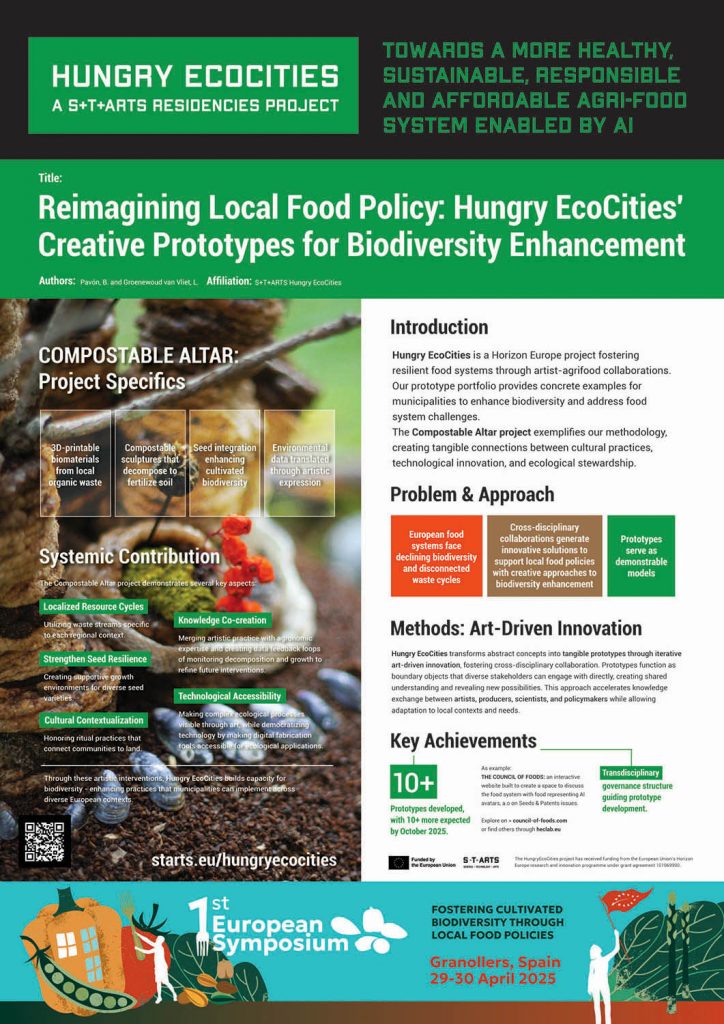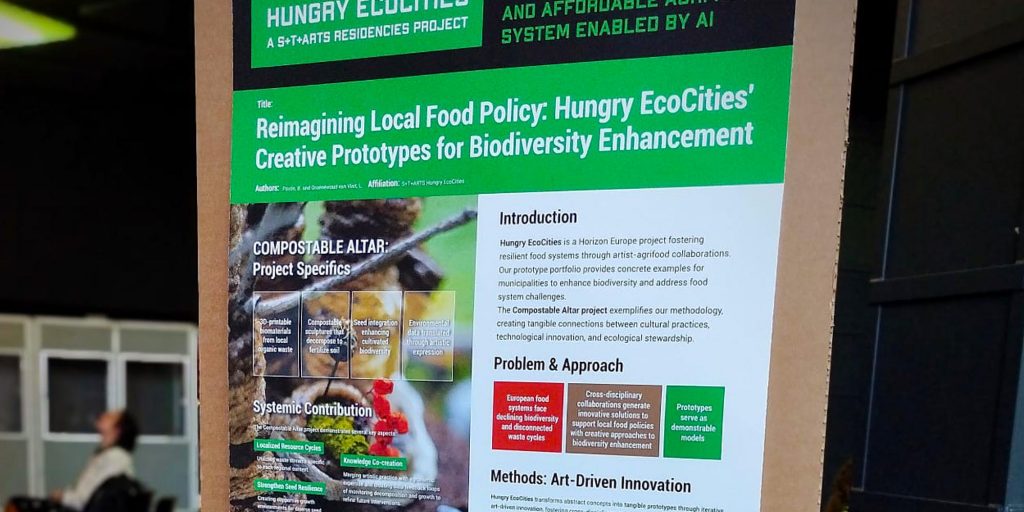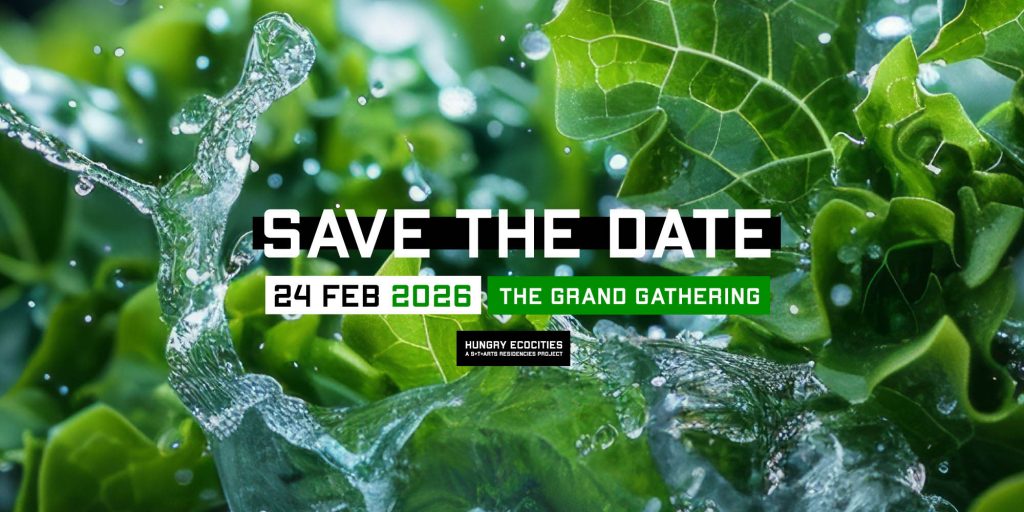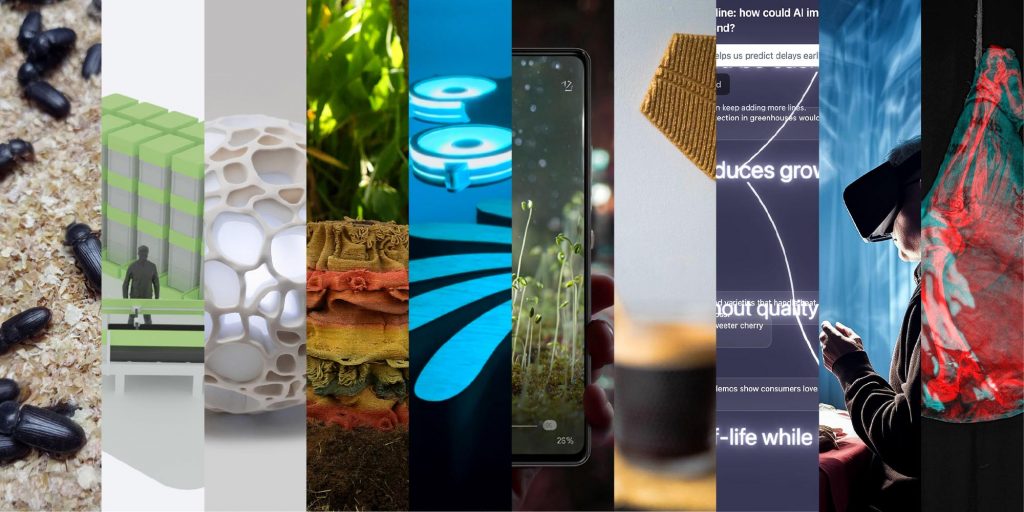Reflections after the 1st European Symposium on Cultivated Biodiversity and Local Food Policies
An artistic perspective on territory, land, and collective memory
As part of the research for the project ‘Compostable Alter: Offering to the Soil’ artist Betiana Pavón participated at the “1st European Symposium fostering cultivated biodiversity through local food policies” on behalf of Hungry EcoCities. The conference brought together around one hundred technical and political representatives from European municipalities active in areas of organic production, cultivated biodiversity, sustainable food systems, and agroecology, both from research and civil society organizations.
Over the course of the two-day event, participants engaged in collective reflection and exchange of knowledge to shape local policies that integrate cultivated biodiversity and organic seeds into city-region agri-food systems. Through a poster presentation and attandance, Betiana Pavón was able to contribute, connect and learn.

It was a deeply enriching experience. Beyond the valuable technical and political insights shared, the gathering reaffirmed the urgency of generating new narratives that reconnect cities with the territories that feed them.
As the only participant from an artistic-creative background, presenting the project “Compostable Altar: Offering to the Earth” became an opportunity to open new pathways of dialogue between art, land, and food policy. This idea of this altar-installation, made from biomaterials derived from organic waste and designed to merge with and nourish the soil, represents not only an aesthetic proposal, but a symbolic and practical action embodying values of regeneration, circularity, and reflective memory around natural and cultural cycles.
Themes such as open-source seeds, the revitalization of cultural traditions, the challenges of generational renewal in agriculture, and the value of polycultural landscapes deeply resonated with the intentions behind my work. Yet the issue that struck me most was the growing absence of generational succession in European farms. Many young people migrate to urban areas in search of opportunities, leaving behind lands that are becoming impoverished, not only agriculturally, but also culturally. In this context, I firmly believe that creative projects can act as bridges: sensitive forms of reconnecting younger generations with the ancestral wisdom of rural life, the rhythms of the land, and the importance of preserving diverse, resilient agri-food systems.
Through art, it is possible to imagine shared futures, to revitalize traditions from a contemporary lens, and to offer new languages that foster dialogue between urban and rural realities. Because cultivating biodiversity also means cultivating relationships, knowledge, and alliances.
t’s a huge success to see our collaborative efforts recognised by a major European publication. This article is a testament to the power of bringing diverse minds together – from artists and scientists to companies and researchers – to build a more sustainable and ethical European food future.
Written by Betiana Pavón

The HungryEcoCities project has received funding from the European Union’s Horizon Europe research and innovation programme under grant agreement 101069990.


